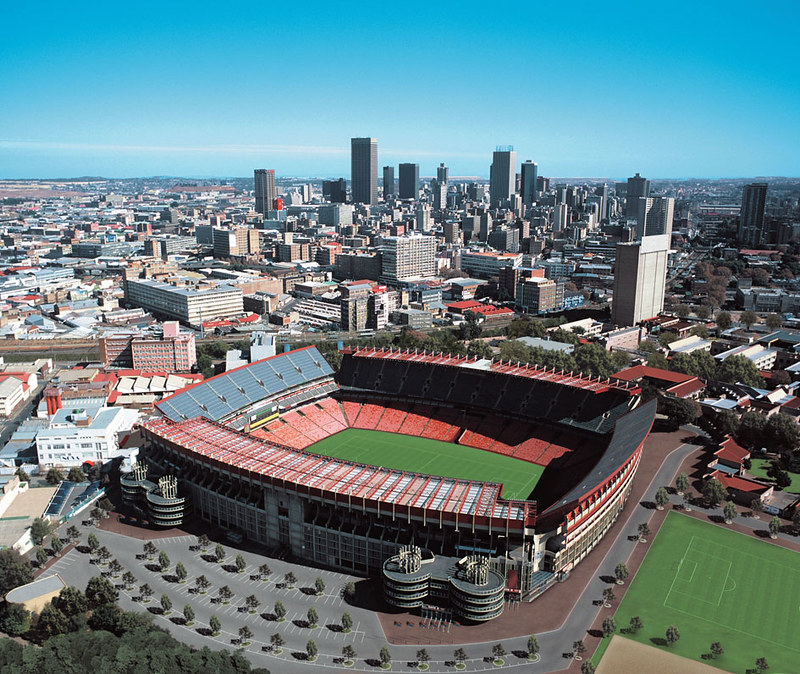African American representation in media – speech, writing, still or moving images – has long been an issue of concern in mainstream American culture and a component of media bias in the United States.
The media’s portrayal of black people has frequently remained skewed towards gratifying whites’ preconceived notions of Black inferiority, presenting stereotypical tropes to uphold institutionalized slavery.
Become an insider. Subscribe to our newsletter for more top trending stories like this!
Early American racial stereotypes such as Sambo, Jim Crow, Savage, Mammy, Aunt Jemimah, Sapphire, and Jezebelle shaped attitudes toward African-Americans at the time. These images are still alive and portrayed in subtle ways by today’s media.
This article highlights some common negative stereotypes of Black people pedaled by today’s media.
5 Negative Stereotypes of Black People Popular in the Media
The following are common negative stereotypes of Black people often pedaled by the media:
Stereotype 1: ” The Poor”
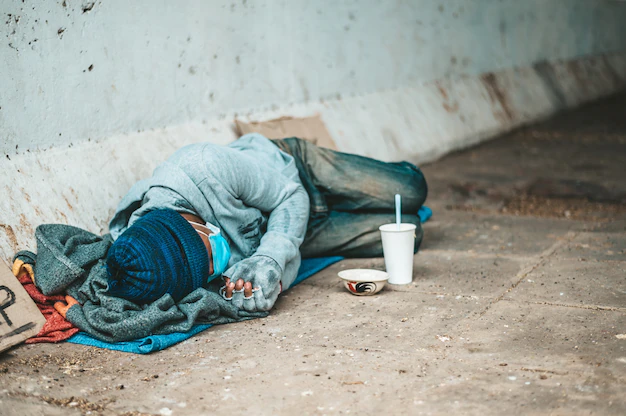
The idle black male on the street corner is not the ‘true face of poverty in America but is the dominant one in the world as depicted by the media.
In 2012, Professor Bas W van Doorn ran a content analysis of photos accompanying poverty-related stories published in Time, Newsweek, and U.S. News & World Report from 1992 to 2010. Black people appeared in more than half of the print images that accompanied those stories despite making up only 25% of the population living below the poverty line during that period.
Stereotype 2: “The Inferior”

Historically, several media surveys show Blacks are more likely than Whites to be described in intellectual terms. The news and media portray black people as living in inner-city areas, very low-income earners, less intelligent, and less educated than whites.
Additionally, stereotypical portrayals of Black people in films contribute to ideas of moral inferiority. Black characters appear to exist solely to support the White characters, often with sass, attitude, and keen insight into relationships and life, reinforcing the notion that Black people aren’t as valuable or as human as their White counterparts.
Stereotype 3: “Mandingo and Jezebel”
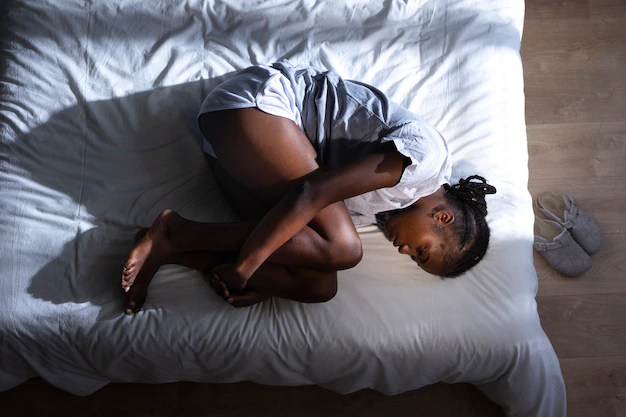
The “Mandingo” and “Jezebel” stereotypes sexualize Black people as hypersexual, and the media actively perpetuates this stereotype in television shows, movies, and, primarily, Hip Hop music.
Become an insider. Subscribe to our newsletter for more top trending stories like this!
Black women are degraded and referred to as “bitches” and “hoes” in rap music, oversexualized, and portrayed as sexual objects for rappers in hip-hop music videos. Hip-hop also stereotypes Black men as masculine, hypersexual thugs and gangsters from the inner city ghetto.
Stereotype 4: “The Thug”
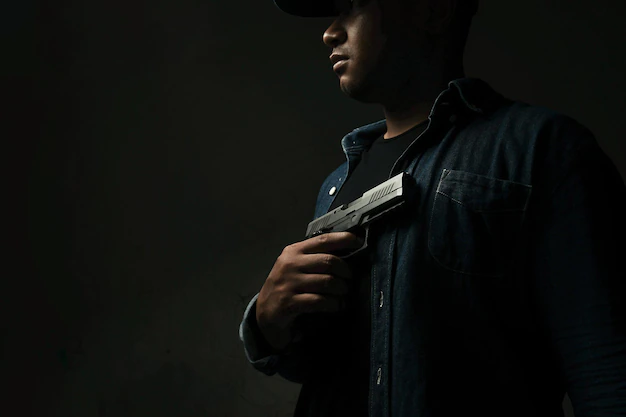
Emerging stereotypes of Black men in entertainment and news media depict them as hostile, aggressive, violent, drug traffickers, drug abusers, criminals, deadbeat dads, and abusive and unfaithful husbands, to mention a few. Too many stories associate Black men with intractable problems, whereas there is an overall under-representation of black men as ‘talking head’ experts, users of luxury items in print ads, and reliable and relatable characters with fully developed backgrounds in fiction shows and films.
The disproportionate amount of Black people playing “the thug” in Hollywood fuels the racial stereotype that Black men are dangerous and drawn to illicit activities.
Stereotype 5: “The Angry Black Woman”
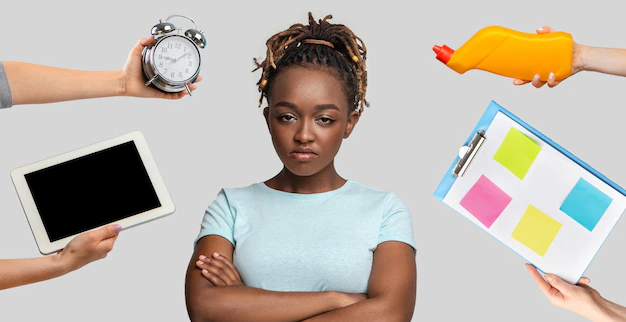
The Angry Black Woman stereotype is a racial trope in American society that portrays black women as welfare queens, loud, aggressive, demanding, rude, and ill-tempered by nature. Related concepts are the “sapphire” or “sassy black woman” troupes.
The stereotype served as a social check on Black women who protested social injustices, voiced complaints about their lives, or demanded equal treatment. Unfortunately, this stereotype is still prevalent in today’s media, including television shows such as “Bad Girls Club,” “The Real Housewives of Atlanta,” and “Love & Hip Hop,” as well as films such as Tyler Perry’s “Diary of a Mad Black Woman,” “Acrimony,” and others.
The aforementioned titled personas, amongst others, were devised to disseminate ideals of white superiority as the norm and stigmatize Black people.
These predominant modern stereotypes of Black people in the media—where the women are sassy and hypersexualized, and the men are perceived as thugs, pimps, and wayward fathers—further exacerbate negative perceptions that engender a cycle of violence and prejudice against Black people and people of color in general.
Become an insider. Subscribe to our newsletter for more top trending stories like this!




